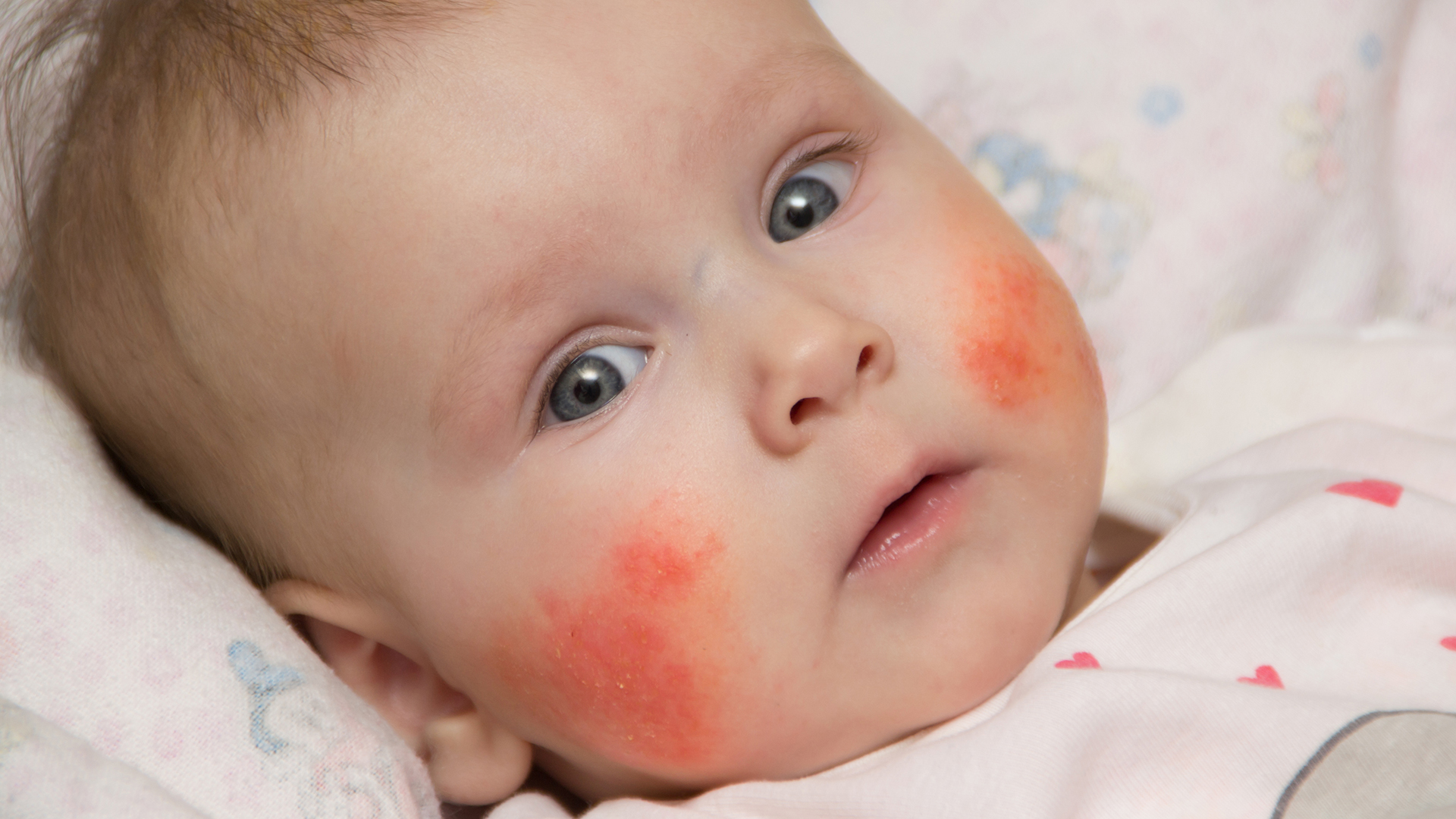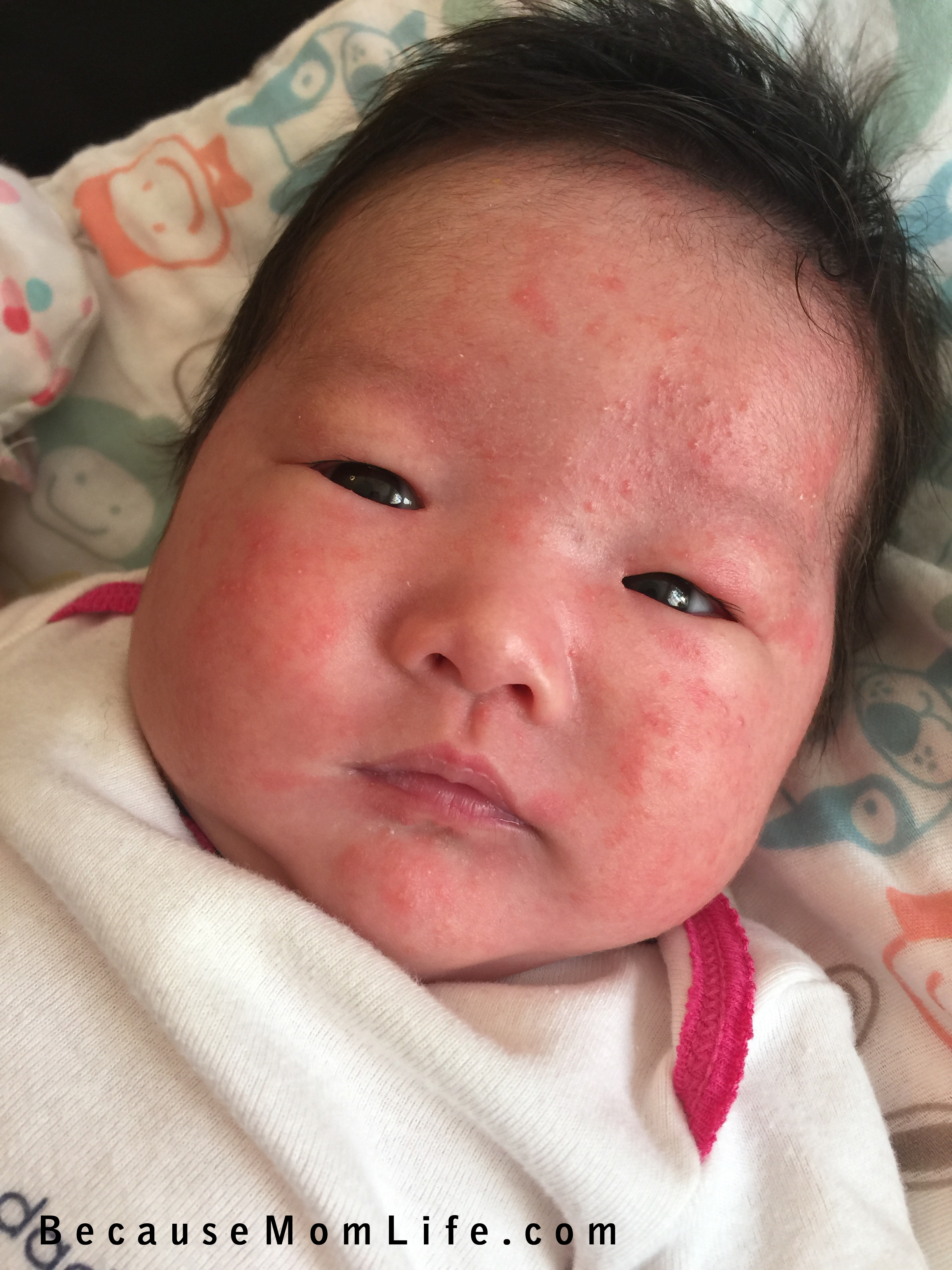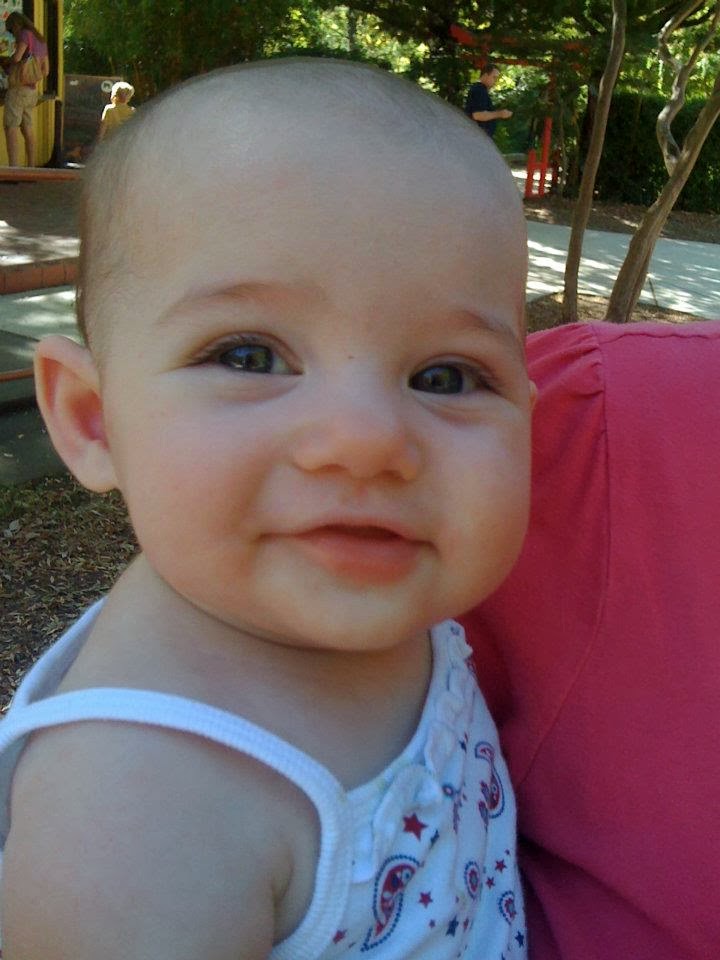Eczema In Babies

Contents:
- Causes of Eczema in Babies
- Symptoms of Eczema in Children
- Treatment of Eczema in Children
- Prevention of Eczema in Children
- Which Doctor to Consult?
Eczema in Babie
Eczema is a chronic allergic skin disease. It is a very common disease among children. Eczema accounts about one third of all children skin diseases. It can affect children of any age.
Causes of Eczema in Babies
This condition is triggered by hypersensitivity to different allergens. In response to allergens, the organism forms antibodies that make antigen-antibody complexes. Their interaction produces biologically active substances (histamine, serotonin, lymphoin) that trigger the inflammation.
Allergens (antigens) may be external agents and irritants such as:
- chemical and vegetable dyes, food supplements;
- household chemicals and personal care products;
- food products;
- medications;
- cosmetics;
- helminthic infections; agents of bacterial and fungal diseases (chronic infection sites);
- insect stings; pet dander;
- house dust, mold;
- plant pollens;
- photosensitivity (sun allergy);
- jewelry or fashion jewelry metals.
The body can also develop hypersensitivity to its own cells. Genetic predisposition to allergy is not the least important factor. Stress also may contribute to the development of eczema.
Symptoms of Eczema in Children

Rash, redness The common symptoms of eczema are swelling and redness of the skin, small fluid-filled vesicles that breaking cause weeping and oozing. Rash is often accompanied by itching. The child becomes moody, cries often.
There are several types of eczema:
- True eczema: occurs in 80 % of cases and develops in early childhood (3-6 months). The first manifestations are swollen red spots with vesicles on the face. They break and form eroded surface with drops of serous fluid on it, which cause oozing.
- The process quickly spreads to other areas of the trunk and extremities. When the serous fluid dries, it produces crusts.
- Seborrheic eczema is a skin rash affecting the scalp, face, torso and ear shells. It usually does not form vesicles or oozing. They can only appear in case of the disease’s flare-up or in the skin folds. Some experts consider such manifestations as a sign of presence both eczema and seborrhea.
- Microbial eczema develops in the conditions of hypersensitivity to streptococcus and staphylococcus, which is confirmed by the presence of an elevated titer of antibodies to them. Typically, this occurs in case of weak immune response, metabolic disorders or sensitivity to the body’s own tissues.
In the initial stage, microbial eczema is characterized by pustular elements on the place of an abrasion, scratch or burn. They usually have oval or round shape with sharp contours.
If the disease progresses, appear small secondary vesicles that contribute to the formation of a waste oozing eroded surface. Microbial eczema usually affects skin on both upper (back of the hands, forearms and shoulders) and lower (tibia, femur) extremities.
Diagnosis is based on clinical data, chronic illness (alternation of flare-ups and relapses).
Treatment of Eczema in Children

It is desirable to identify the cause of eczema and eliminate it (if possible). Treatment is selected individually for each child. Local treatment depends on the severity and stage of the disease.
If the symptoms are confined to redness and unbroken vesicles, you can use scratch, talc, special suspensions. If there is oozing, it is necessary to apply lotions of disinfectant and astringent solutions.
At any stage you can use antiallergic agents such as Diazolin, Phenkarol, Cetrin, Tavegil, Sandosten, corticosteroid ointments and creams such as Ftorokort, Lorinden, Flucinar. To treat microbial eczema doctors usually prescribe broad-spectrum antibiotics such as Erythromycin, Ampicillin, Oxacillin, and disinfectant lotions.
Hypoallergenic diet is an important aspect of treatment. If a breastfed baby has an allergy, a special diet is prescribed to the nursing mother. It is recommended to introduce new foods gradually and wait a month after the flare-up has gone.
Prevention of Eczema in Children
- Proper nutrition of lactating mothers and children.
- Timely treatment of chronic diseases in the baby.
- Elimination of harmful effects of the environment on the baby.
- Routine deworming of children.
Which Doctor to Consult?
Eczema is a skin disease, so you should seek a dermatologist’s advice. After the doctor make a diagnosis and prescribes a treatment, he may refer you to an allergist to find out the cause of the disease. You may also need see an immunologist and an infection disease doctor as well as a nutritionist.